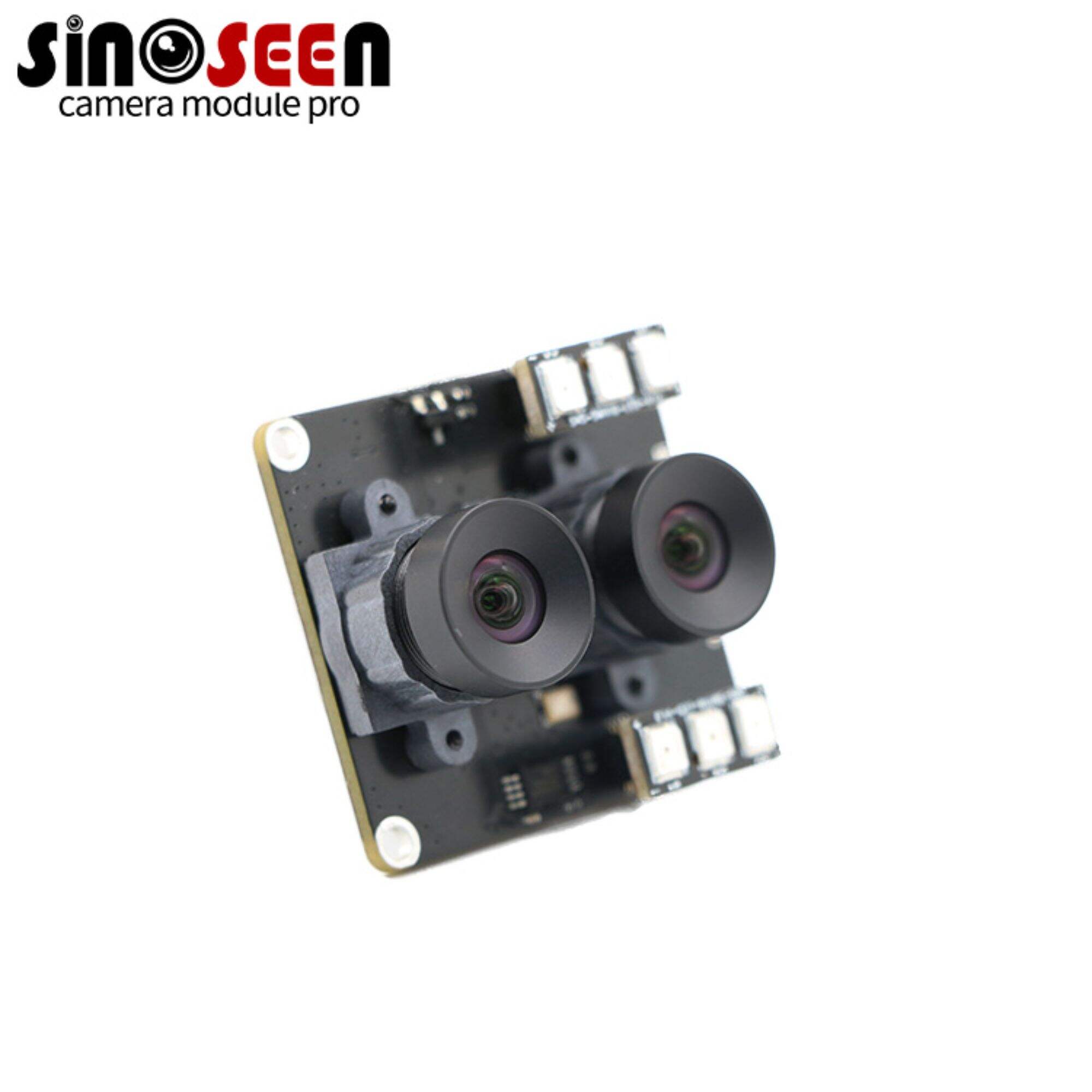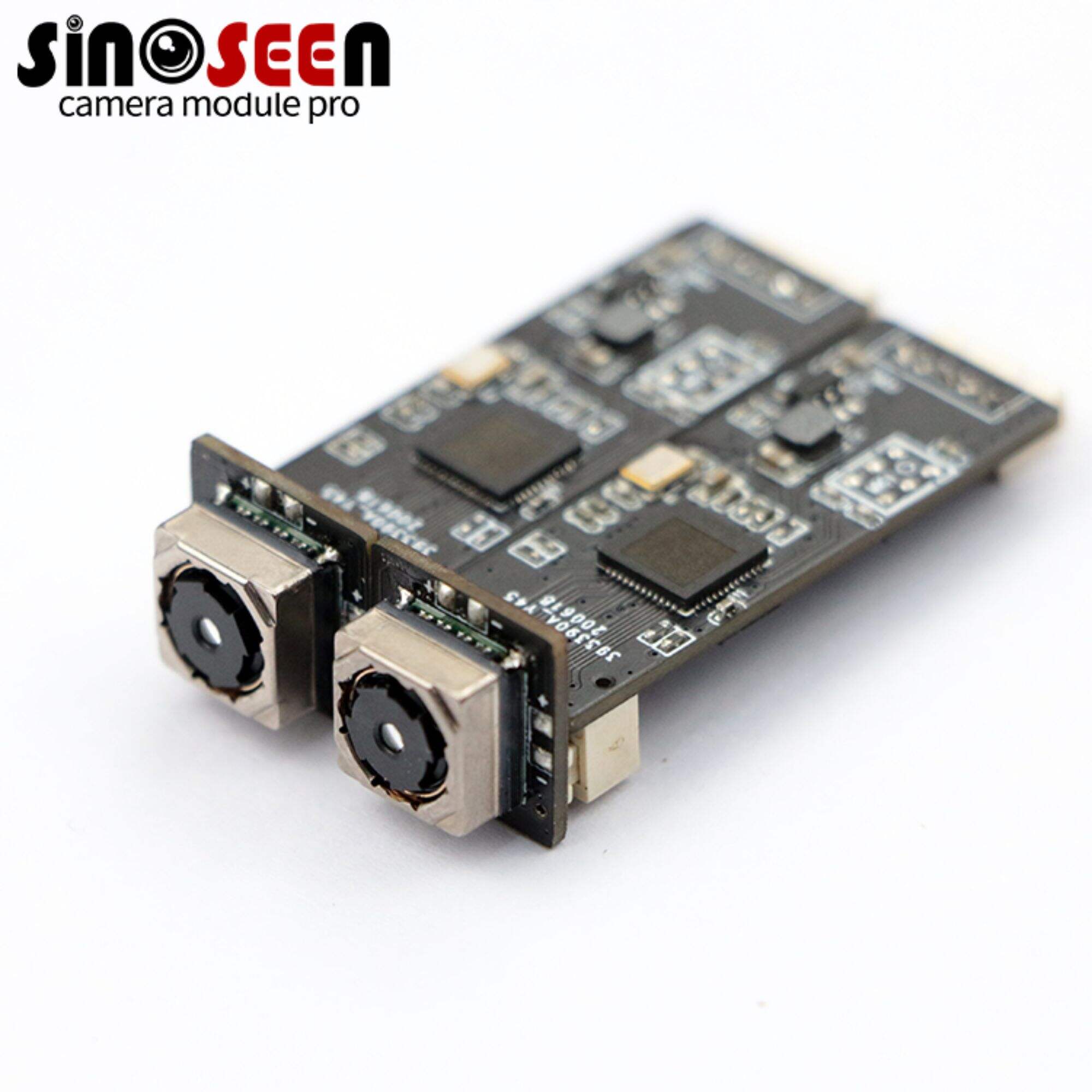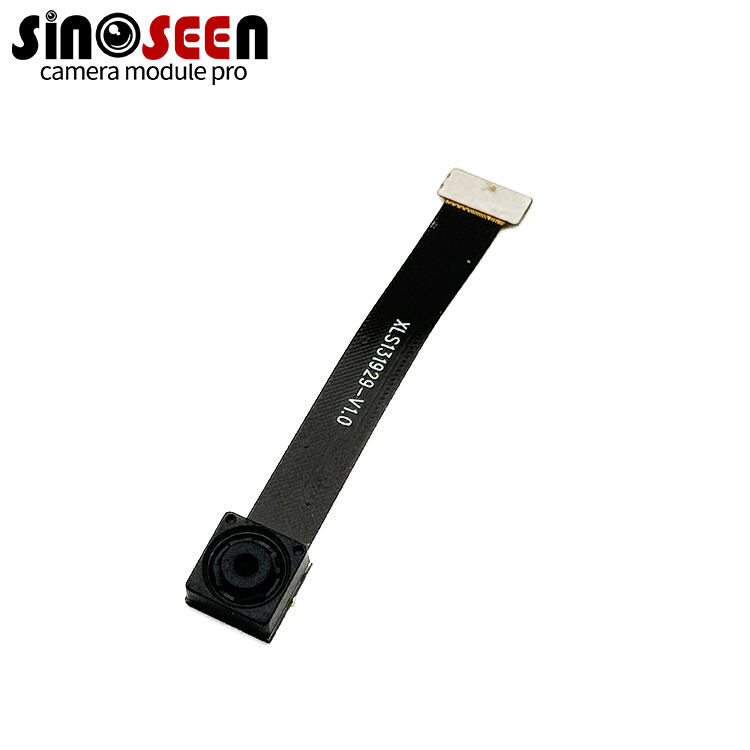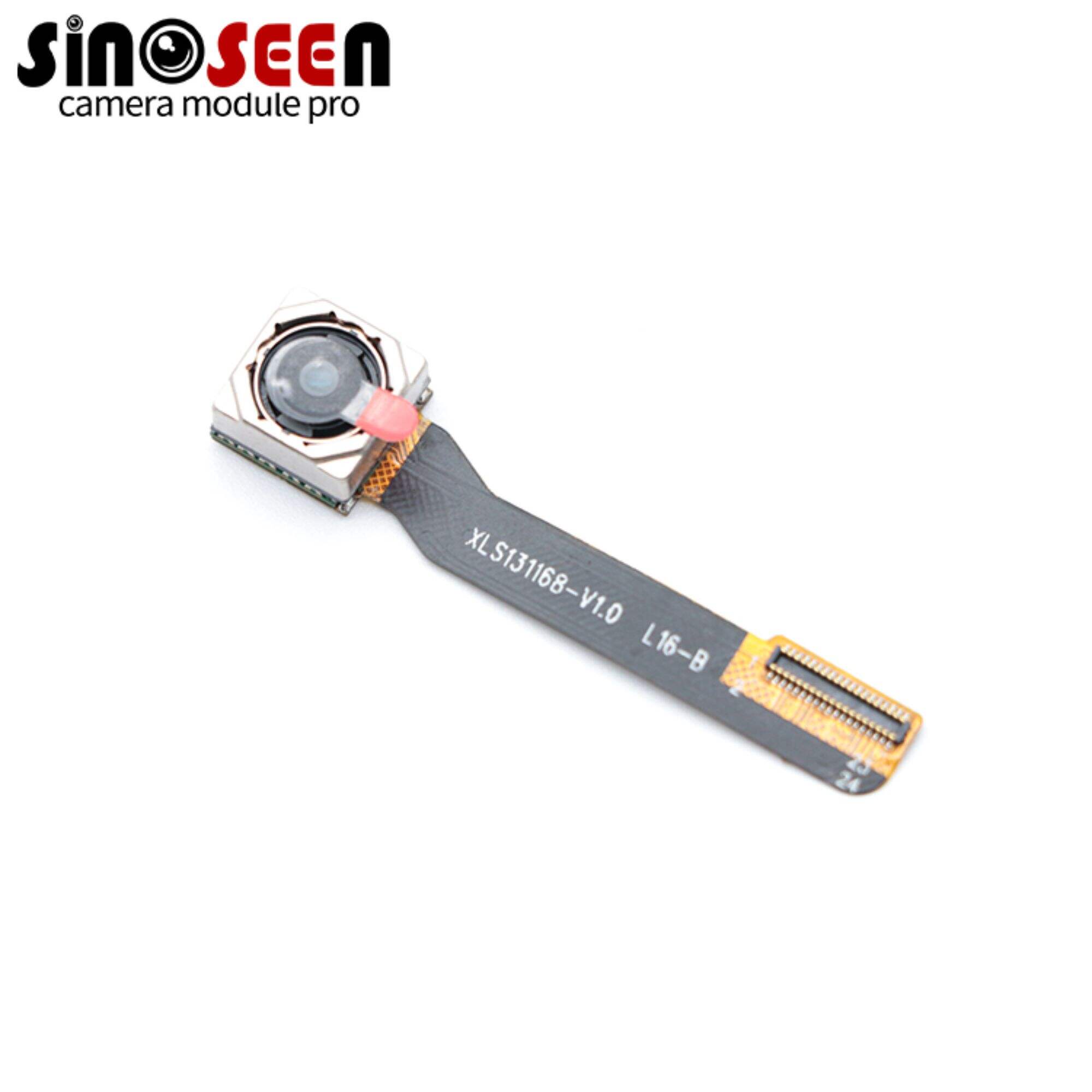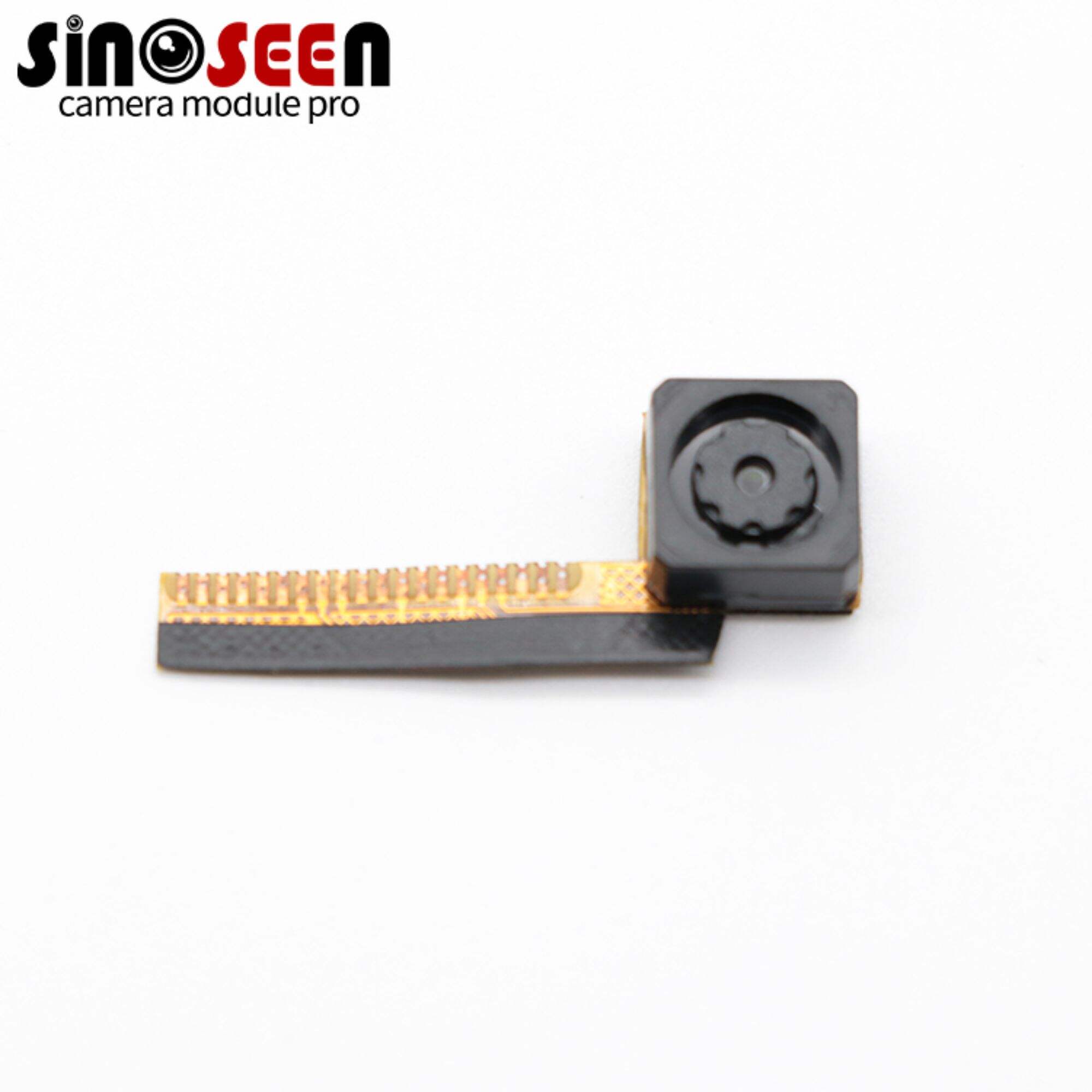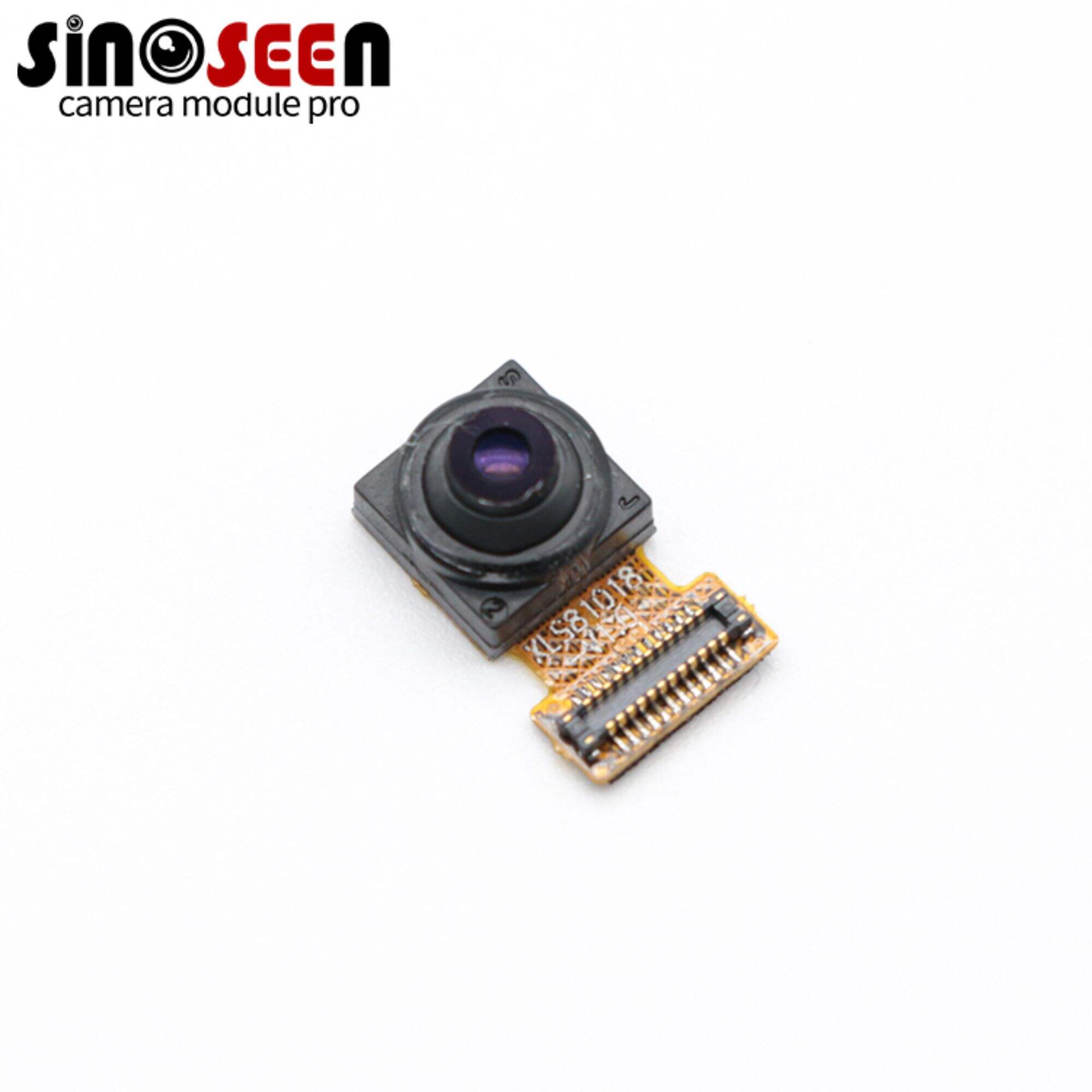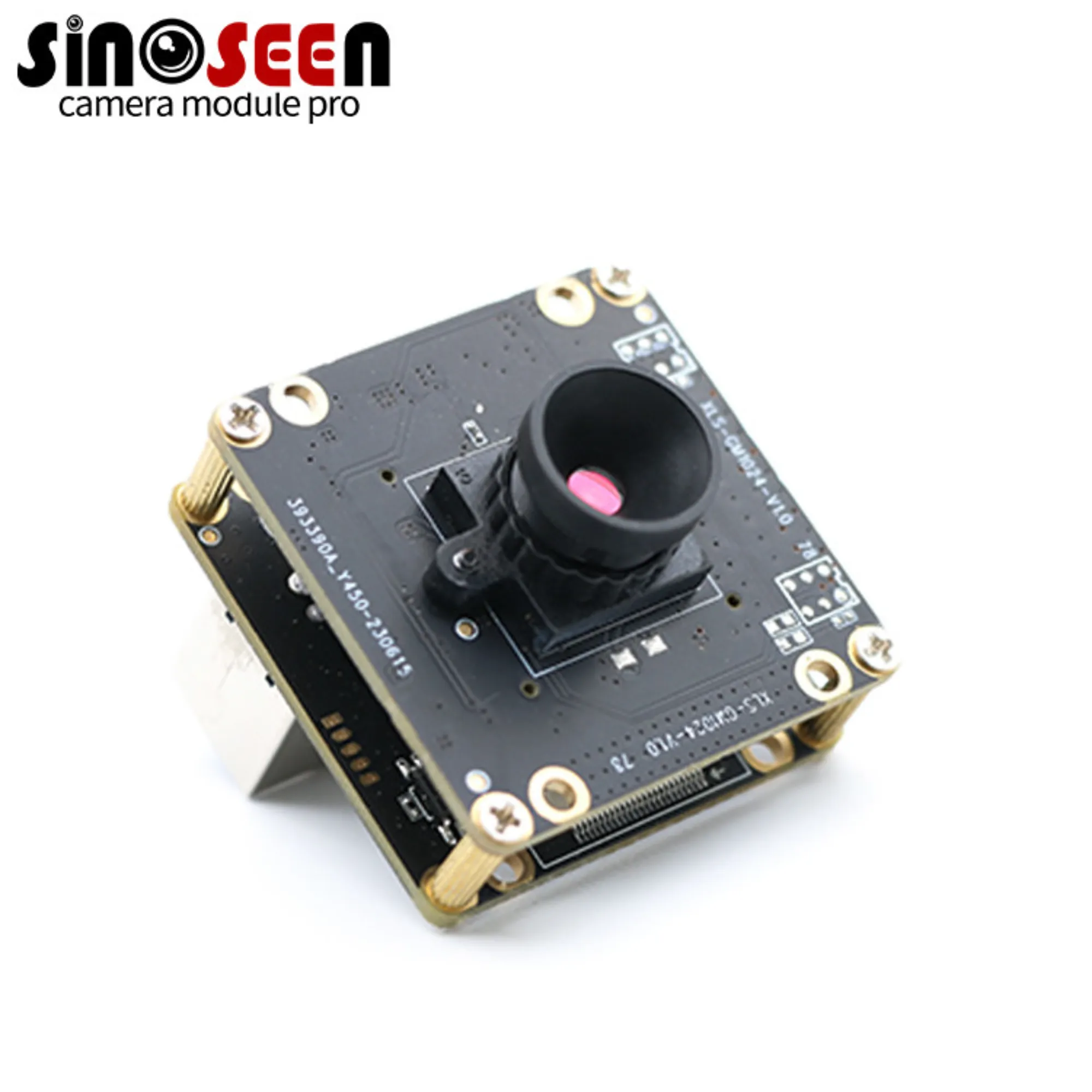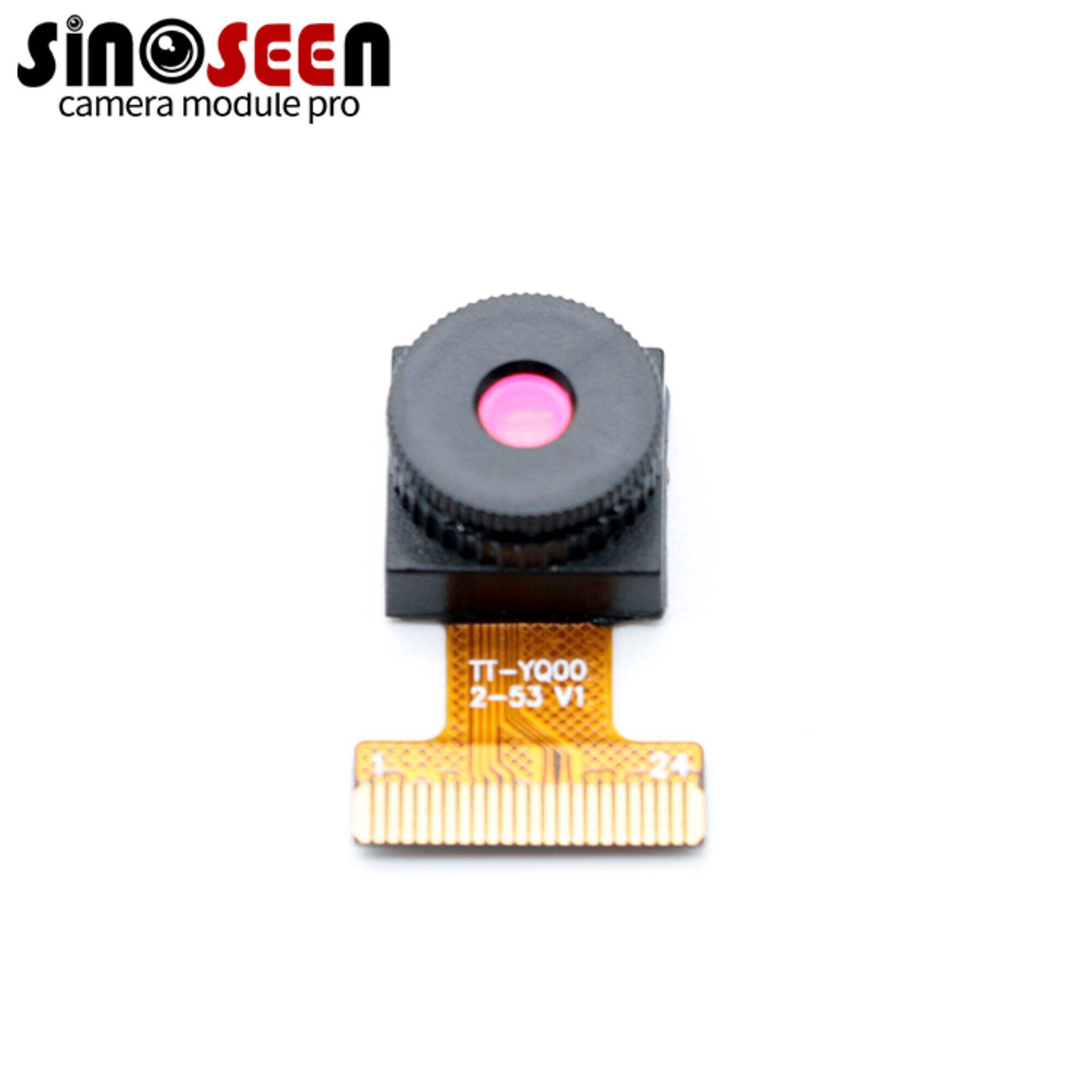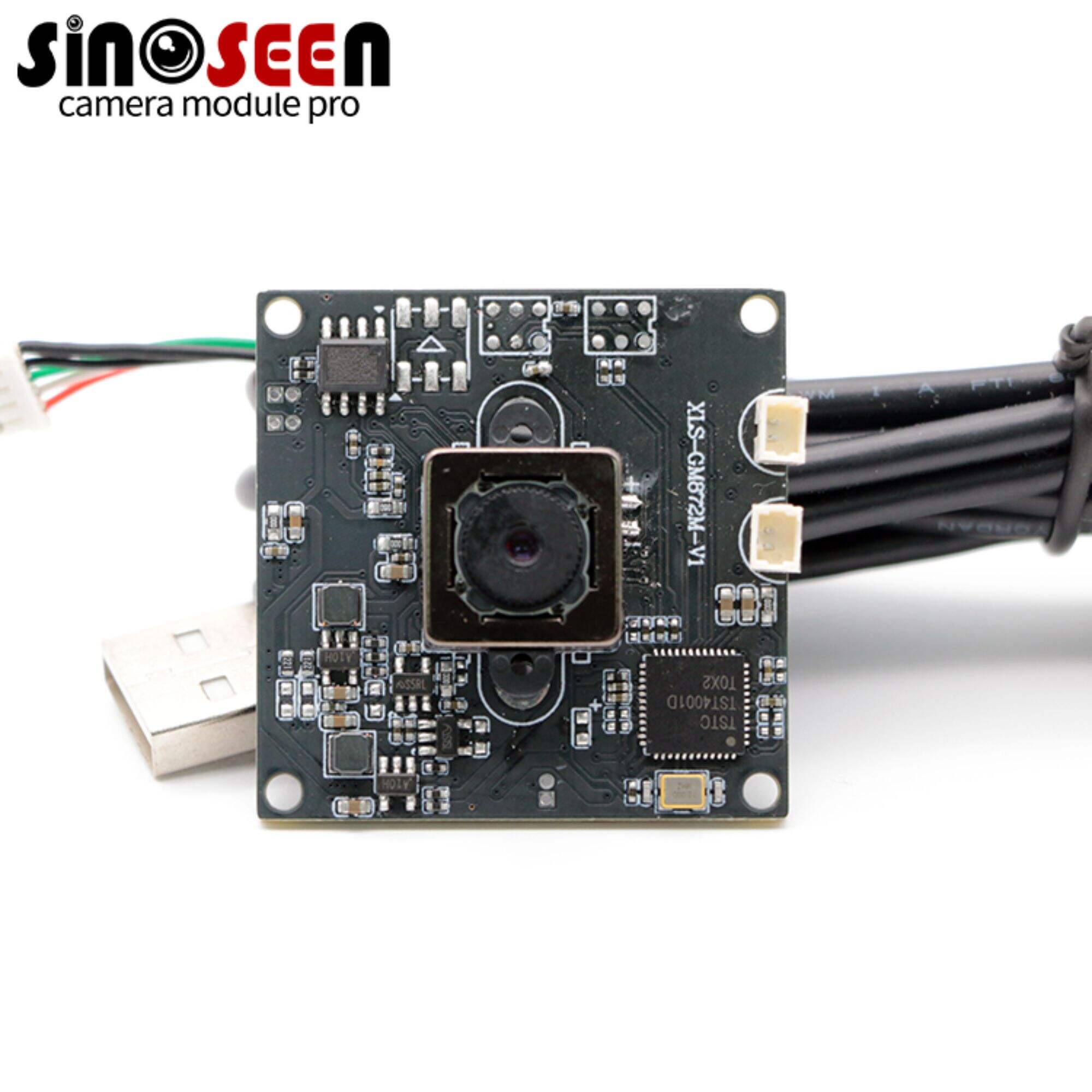Understanding camera lens: What Do the "MM" Mean?
When using or buying lenses, we often see them labeled with the initials 'mm'. What does m/m mean? Does it have any effect on the way we shoot with lenses?
what does m/m mean on lenses?
what does mm stand for?The 'mm' on lenses is an abbreviation for millimeters, m/m means which is used as a unit of measurement for the focal length of a lens. do The smaller the number in mm, the wider the scope of the image; conversely, the larger the number in mm, the larger the content of the image.
So what can we learn about images and lenses through mm? Simply put, the size of the m/m means the size of the scene that can be displayed in the pictures we take.
For example, with a 20mm lens, we can see a very wide scene.
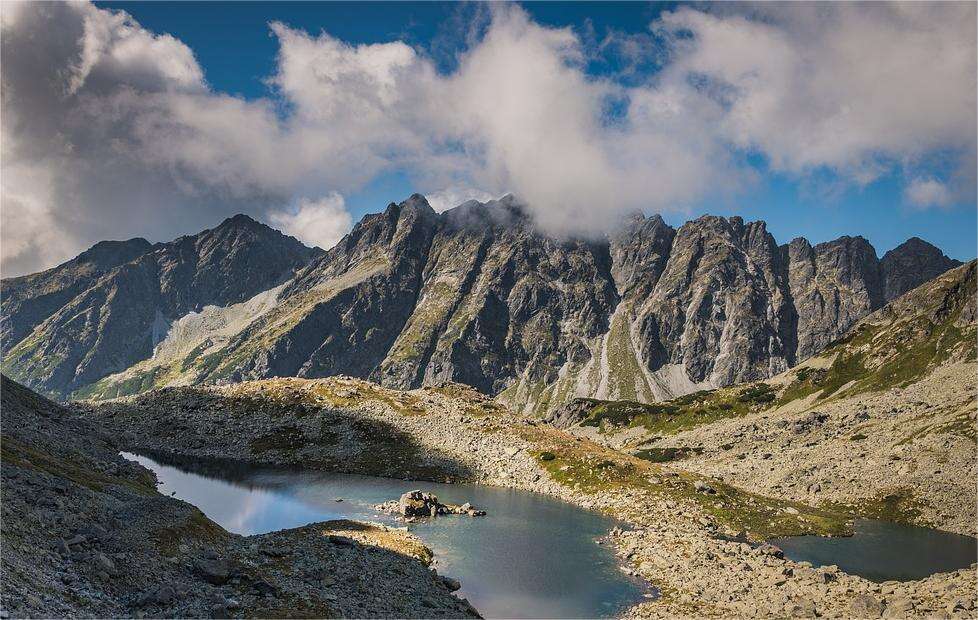
With a 200mm lens, the picture will be enlarged and we will see a picture with more details.

Take our eyes as an example, if our eyes are equivalent to a 40mm lens, then you can feel how wide we can see the scene, then 100mm lens is equivalent to us to take the telescope to enlarge a few times to see, you can see a more detailed scene, but far from the previous so wide.This is similar to the concept of FOV. You can read the previous article about the concept of FOV.
What is camera focal length?
It was mentioned above that 'mm' is the unit of measurement for camera focal length, so what is focal length? Focal length is an important concept in photography, it is the distance from the optical center of the lens to the camera sensor when the lens is focused at infinity. This distance determines the extent to which the lens can 'see' the scene, i.e. the angle of view.
Understanding the classification of the mm range
Camera lenses come in a variety of focal lengths, usually categorized by the size of the lens in millimeters, ranging from ultra-wide angle (e.g., 10 mm) to ultra-telephoto (e.g., 600 mm). The following are common focal length ranges.
- Wide: 10mm to 35mm
- Standard: 35mm to 70mm
- Telephoto: 70mm to 300mm
- Super Telephoto: 300mm and above
The focal length range of a lens is usually expressed as a ratio, e.g. 18-55mm or 70-200mm. this indicates the range over which the lens can zoom.
What do I need to be aware of when shooting with lenses?
When shooting with lenses of different focal lengths, we need to know the minimum focal length of the lens to ensure that we get the best results at the closest distance. At the same time, the larger the focal length, the more difficult it is to ensure image stabilization.
Frequently Asked Questions
Q: How do I choose the right focal length for my needs?
A: Consider the type of photography you want to take. Wide angle lenses are great for landscapes, indoor photos, and expansive scenes. Telephoto lenses are great for wildlife, sports and photographing distant subjects. Standard lenses offer a versatile middle ground.
Q: Can I use a lens with a focal length different from the camera's sensor size?
A: Yes, you can use lenses with different focal lengths on your camera, but you may need to consider the crop factor. Crop sensor cameras have smaller image sensors, which will make the lens appear to have a longer focal length.
Q: How does focal length affect image quality?
A: The quality and construction of the lens affects image quality more than the focal length itself. However, extremely long or wide focal lengths can cause distortion, vignetting, or other optical aberrations if the lens is poorly designed.
Conclusion
What does mm stand for?The “mm” on a camera lens indicates the focal length, which is a key specification that determines the angle of view, magnification, and overall appearance of the image. Understanding the focal length of your lens is critical to choosing the right lens for your photographic needs and achieving the desired results.
Whether you're photographing a vast landscape, a portrait or distant wildlife, understanding how focal length affects your images will help you further improve your photography.

 EN
EN
 AR
AR
 DA
DA
 NL
NL
 FI
FI
 FR
FR
 DE
DE
 EL
EL
 HI
HI
 IT
IT
 JA
JA
 KO
KO
 NO
NO
 PL
PL
 PT
PT
 RO
RO
 RU
RU
 ES
ES
 SV
SV
 TL
TL
 IW
IW
 ID
ID
 SR
SR
 VI
VI
 HU
HU
 TH
TH
 TR
TR
 FA
FA
 MS
MS
 IS
IS
 AZ
AZ
 UR
UR
 BN
BN
 HA
HA
 LO
LO
 MR
MR
 MN
MN
 PA
PA
 MY
MY
 SD
SD

